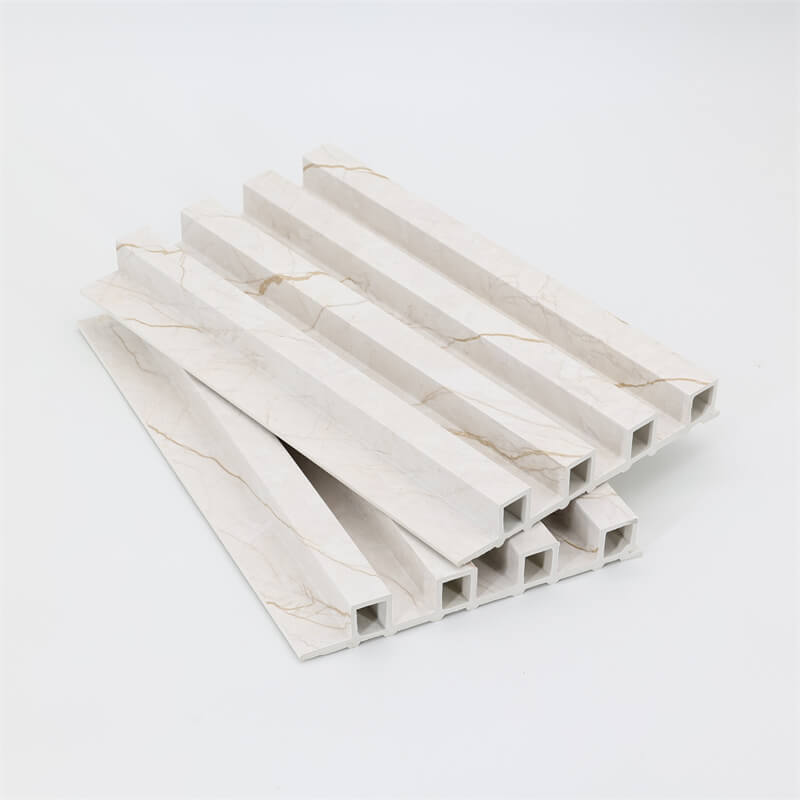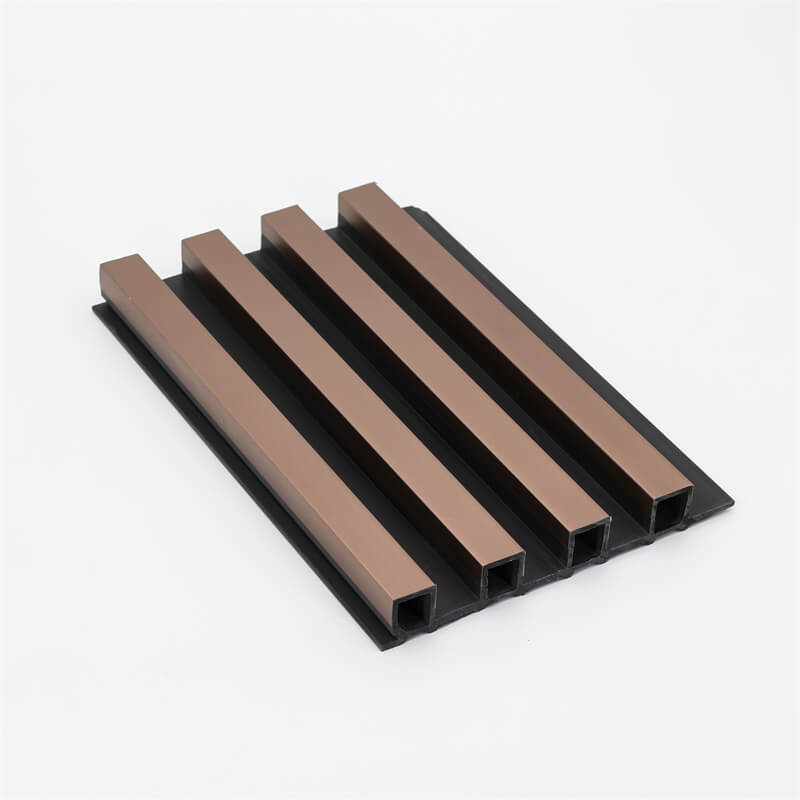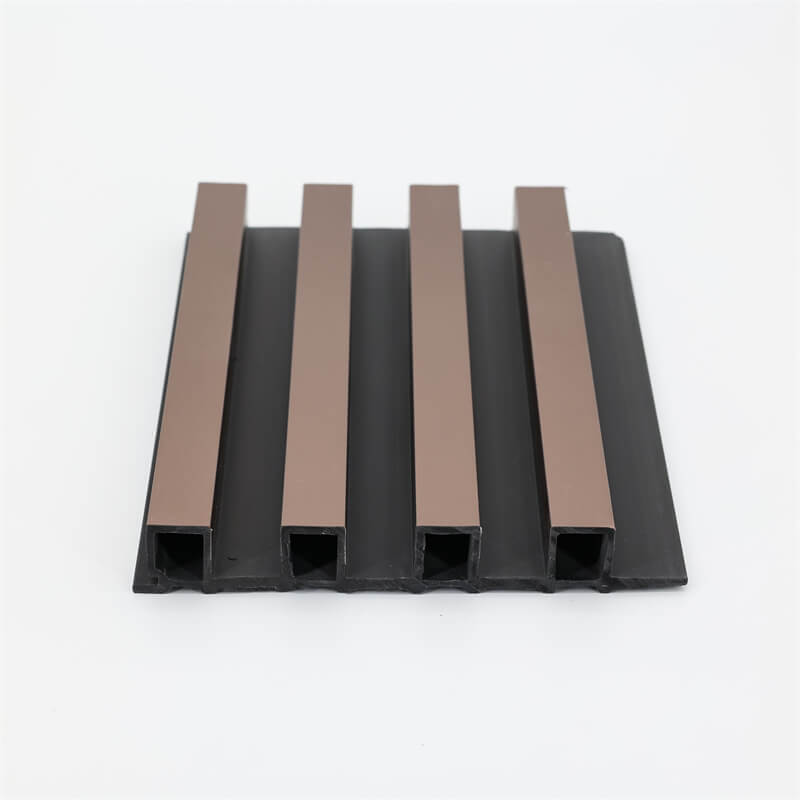
When it comes to wall cladding options, WPC (Wood Plastic Composite) wall panels have emerged as a versatile and popular choice among architects, designers, and homeowners.
These innovative panels offer a wide range of applications in modern design, combining functionality, aesthetics, and sustainability.
In this article, we will delve into the versatility of WPC wall panels and explore their various applications in creating stunning and contemporary spaces.
Interior Wall Cladding
WPC wall panels are widely used for interior wall cladding, providing an excellent alternative to traditional materials like paint, wallpaper, or ceramic tiles.
The natural wood-like appearance of WPC panels adds warmth and texture to interior spaces, creating a welcoming and visually appealing environment.
Whether it’s residential homes, commercial offices, or hospitality venues, WPC wall panels can be installed in living rooms, bedrooms, hallways, or feature walls, offering endless design possibilities to suit any style or theme.

Exterior Facades
In addition to interior applications, WPC wall panels are also highly suitable for exterior facades.
Their weather-resistant properties make them an excellent choice for withstanding the elements and maintaining their aesthetics over time.
WPC panels can transform the exterior of residential buildings, hotels, retail spaces, and other structures, creating a modern and stylish look.
The availability of different finishes, colors, and patterns allows for creative combinations that enhance the architectural appeal of any property.
Commercial Spaces and Retail Environments
WPC wall panels find extensive use in commercial spaces and retail environments.
These panels provide a durable and visually striking option for businesses aiming to create a unique and captivating atmosphere.
Whether it’s a restaurant, café, boutique, or office, WPC panels can be used to define spaces, highlight specific areas, or even serve as a backdrop for branding and marketing purposes.
The versatility of WPC panels allows for seamless integration with other design elements, such as lighting fixtures, signage, and displays.

Decorative Features and Accents
Beyond traditional wall cladding, WPC panels offer opportunities for creating decorative features and accents within a space.
These panels can be utilized to construct captivating focal points, such as decorative columns, textured feature walls, or artistic installations.
By incorporating WPC panels into these elements, designers can add depth, dimension, and visual interest to the overall design scheme.
Additionally, WPC panels can be used to create functional elements like built-in shelving units or custom furniture pieces, combining aesthetics with practicality.
Sustainable Design Practices
Apart from their aesthetic versatility, WPC wall panels align with sustainable design practices.
These panels are often made from recycled materials, such as wood fibers and recycled plastic, reducing waste and promoting environmental consciousness.
By choosing WPC panels, designers and homeowners contribute to sustainable construction and minimize the environmental impact associated with traditional materials.
Furthermore, the durability and low-maintenance nature of WPC panels contribute to their long lifespan, reducing the need for frequent replacements and minimizing resource consumption.
WPC wall panels offer a multitude of applications in modern design, allowing for versatile and visually appealing spaces.
From interior wall cladding to exterior facades, commercial environments to decorative features, WPC panels provide a durable, aesthetic, and sustainable solution.
The adaptability of these panels, combined with their eco-friendly composition, makes them an ideal choice for architects, designers, and homeowners seeking innovative and versatile materials.
Embrace the versatility of WPC wall panels to transform your space into a contemporary and captivating environment.
